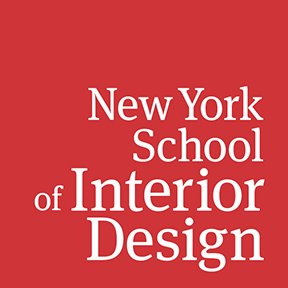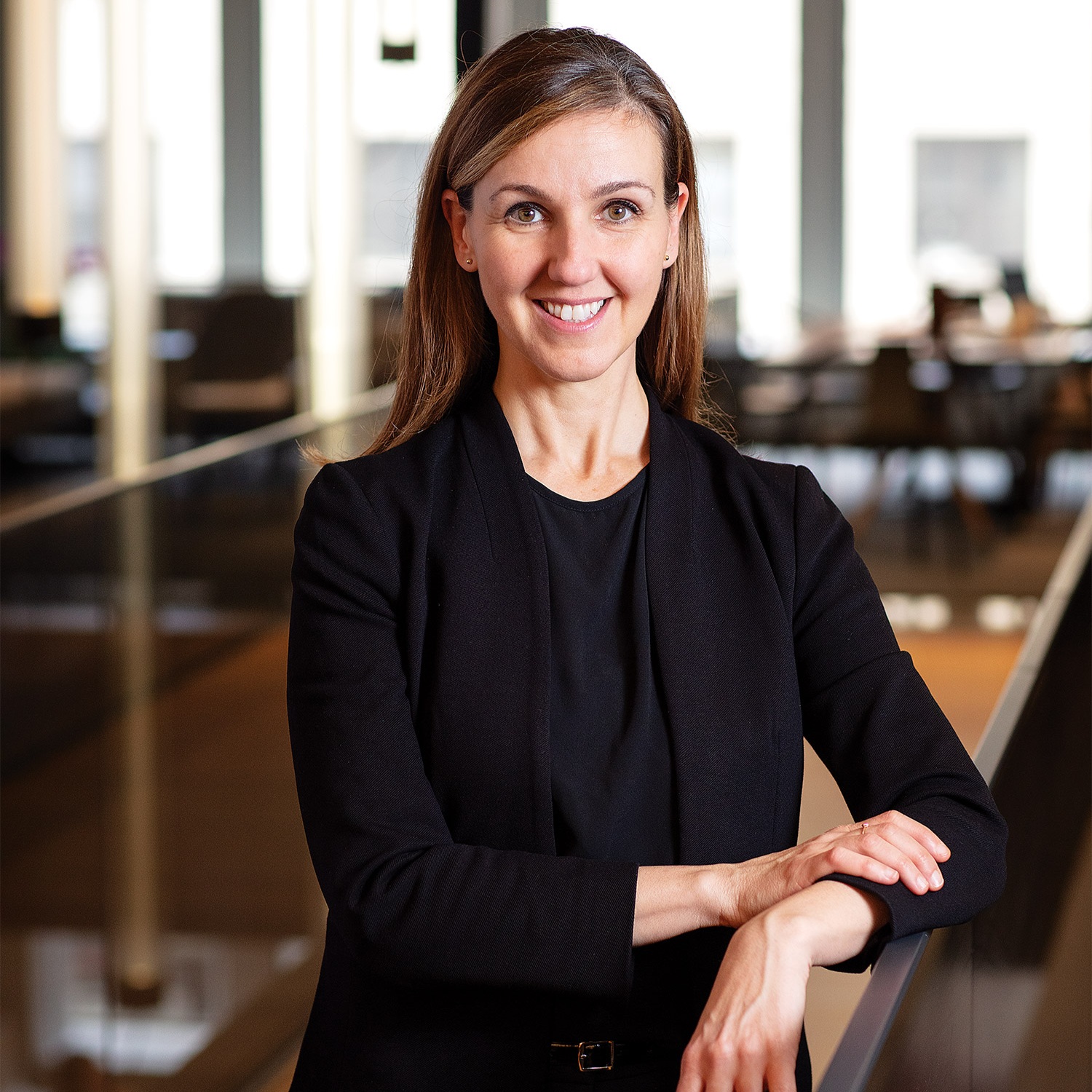A Leader of Designers: Becky Button
Ever dream of being a studio director at a major firm? Becky Button ’01 (BFA) leads a studio for Gensler, and provides us with some insights into her job at a company that employs more than 27 NYSID alumni around the globe.
“One of the things I love about interior design as a field, and at Gensler in particular, is that there are a lot of women in leadership positions.”
As a principal and studio director at Gensler New York, NYSID alumna Becky Button ’01 (BFA) runs what she calls a “small business within a large business.” Her studio consists of 47 people, three of whom are NYSID alumni: Katie Barons ’11 (MFA-2), Jinsoo An ’12 (BFA), and Paulina Abela ’12 (AAS). In her role, Button advises a team of designers on workplace projects, deploys training programs that support the growth of leaders throughout the firm and interfaces with clients to ensure her teams are delivering exceptional partnership and the best of what Gensler has to offer. Button was also a faculty member at NYSID and taught Color Theory, Contract I and Professional Practice. Recognized as one of the “Top 20 under 40” professionals in the industry by Engineering News-Record, Button is NCIDQ-certified, a member of the IIDA and a LEED-accredited professional.
What do you look for when you are hiring an interior designer?
I’m looking for a spark, a passion for brilliant design that intrinsically motivates a person. I value well-roundedness and seek designers who bring a variety of skills to the table: the ability to clearly communicate vision by speaking about it, but also through computer renderings and hand drawings. We often need to sketch out an idea off-the-cuff in a meeting so a knack for drawing is a desired skill. It’s also key to have a positive attitude and emotional intelligence for dealing with clients and peers. I also like to hire people with fully developed passions, and even work experiences in areas other than interior design, because I find they bring this experience into their designs.
What movements in the industry are you currently encountering on the job?
As interior designers, we are crossing the boundary of what’s built into what’s experienced. For example, we may be enlisted to create the digital experience of a retail space, or a design centered around how a building collects data. We are currently seeing a shift to a greater focus on engagement and connection, which is challenging us to reimagine spaces and present their purpose through functional and beautiful design. In the workplace, we’re also seeing that high performers work everywhere—both inside and outside the office—so there needs to be a hospitality focus in workplace design to entice people to come to the office. This means creating amenities that are about optimizing work, not escaping it.
What did you take from your NYSID experience?
As a BFA student, I worked full time and found the NYSID curriculum very challenging. Now, as the mother of a 5-year old, I appreciate the extent to which I learned to juggle multiple roles while in school, to balance the personal and professional. One of the things I love about interior design as a field, and at Gensler in particular, is that there are a lot of women in leadership positions. These women leaders are model examples of how it’s possible to have successful careers, and at the same time fulfilling lives outside of work.
Another great thing about my education was that my professors were practicing professionals from prominent firms. After school, I was able to jump right into projects feeling confident that I had the hard skills I needed to keep up with the pace of my job.
The application of research in design is a growing component of the NYSID curriculum. Can you tell me a bit about The Gensler Research Institute and how you’re using data in design?
Gensler’s research program is the most amazing thing because it’s open to any employee, at any level, who wants to submit a proposal for a research grant. It’s an entrepreneurial model. Each year there is a call for proposals and the firm awards anywhere from 30–35 grants to the winning teams. It allows us to offer primary research, producing data we can share with clients to support our design strategy, and which our clients can then share with their stakeholders. The data empowers companies to take a chance. The research also allows for innovations in processes, so we have evidence that shows us how to get projects completed more efficiently. What’s your best piece of advice for emerging designers? Don’t worry about where the path goes; worry instead about the work at hand. Even if you are designing a bathroom floor, create the best version you can. People in this industry respond to good design, no matter how small the project. You have to put the work in. You have to earn it .










